-
×

-
×
 STUNNING Double Tail Randomly Selected Male SPLEND BEAUTIFUL FISH, Eye-Catching Tropical Betta Fish for Your Home Aquarium, Adds Color and Grace to Any Setup
2 × £10.00
STUNNING Double Tail Randomly Selected Male SPLEND BEAUTIFUL FISH, Eye-Catching Tropical Betta Fish for Your Home Aquarium, Adds Color and Grace to Any Setup
2 × £10.00 -
×

-
×
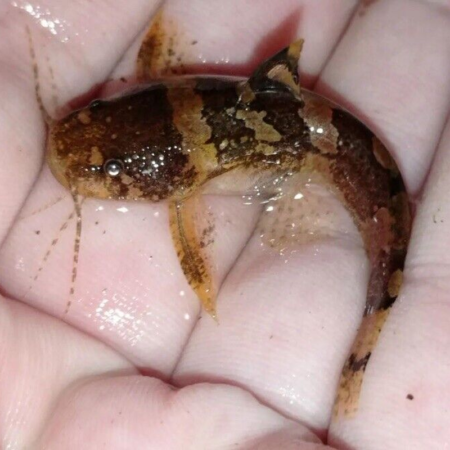
-
×
 Purple Vampire Crab - Geosesarma Dennerle - Decapod Crustacean
1 × £7.74
Purple Vampire Crab - Geosesarma Dennerle - Decapod Crustacean
1 × £7.74 -
×
 Assorted Colour Vampire Crab Geosesarma Sp 2-3Cm
2 × £8.71
Assorted Colour Vampire Crab Geosesarma Sp 2-3Cm
2 × £8.71 -
×
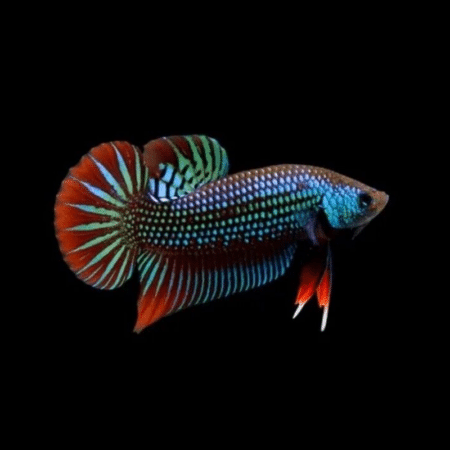
Subtotal: £129.36

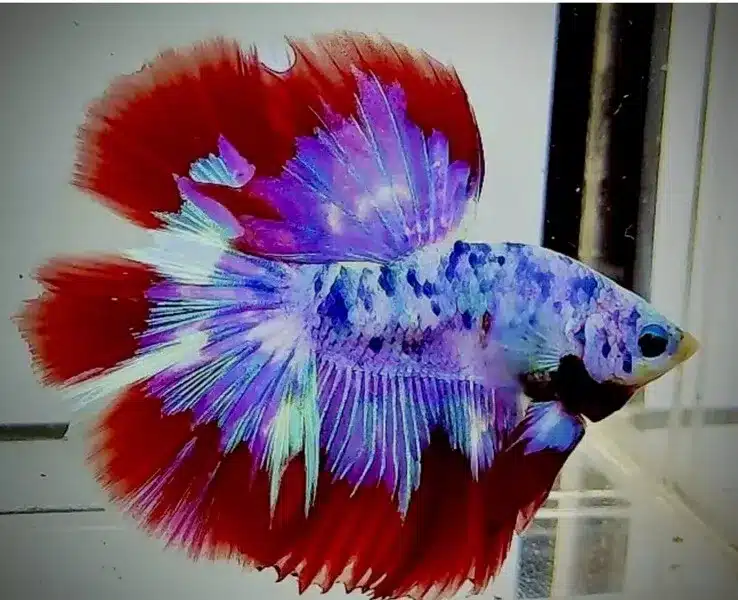
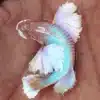
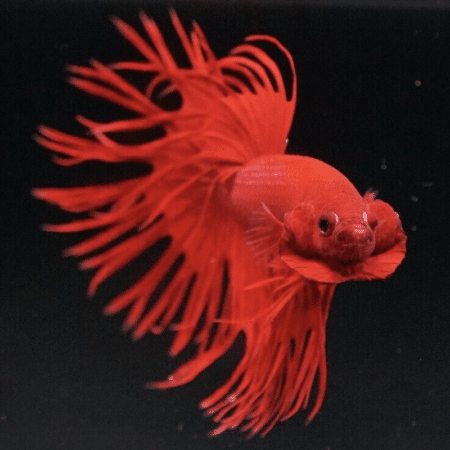

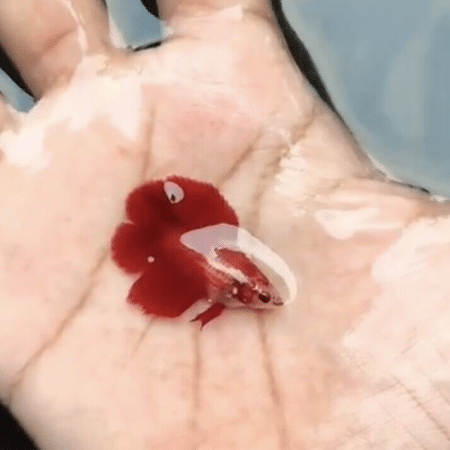

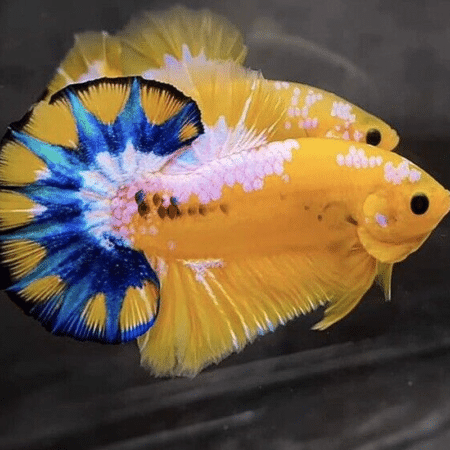
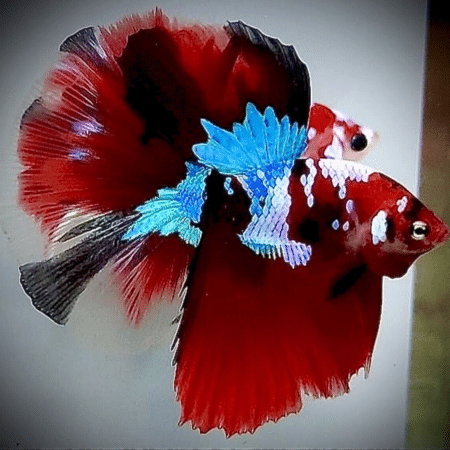
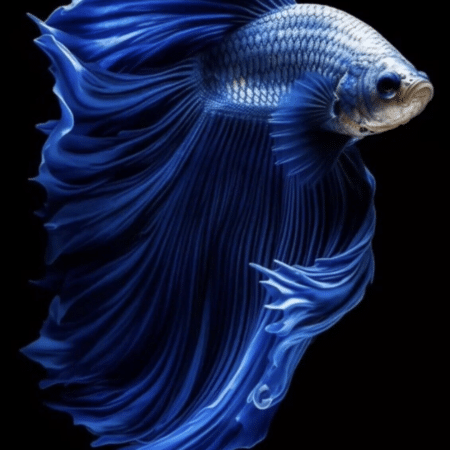

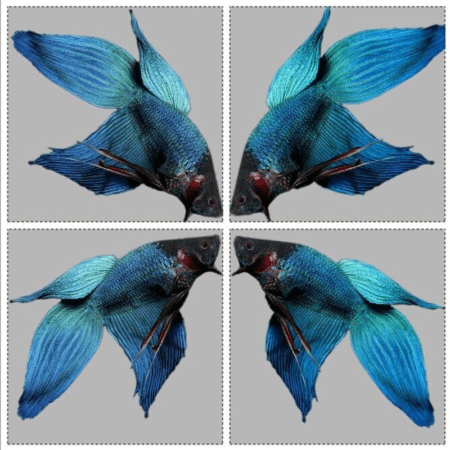

Emily Carter (verified owner) –
I recently purchased the Double Tail Randomly Selected Male Splend Beautiful Fish, and I couldn’t be more thrilled! As an experienced hobbyist, I appreciate the unique beauty of betta fish, and this little guy is a showstopper in my aquarium. His vibrant colors and graceful fins add a dynamic touch to my setup.
After just two weeks of care, he’s settled in beautifully, showcasing his playful personality as he flares and swims through the plants. I’ve had other fighting fish before, but this betta stands out due to his remarkable health and spirit. He arrived promptly and in excellent condition, which speaks volumes about the seller’s commitment to fish welfare.
If you’re looking to add some life to your aquarium, I highly recommend this betta fish! Just keep in mind that like any fighting fish, he will need a spacious tank and a careful introduction to other inhabitants. Overall, it’s been a delightful experience, and I’m already considering getting another one. You won’t regret this purchase, especially if you love bettas as much as I do!